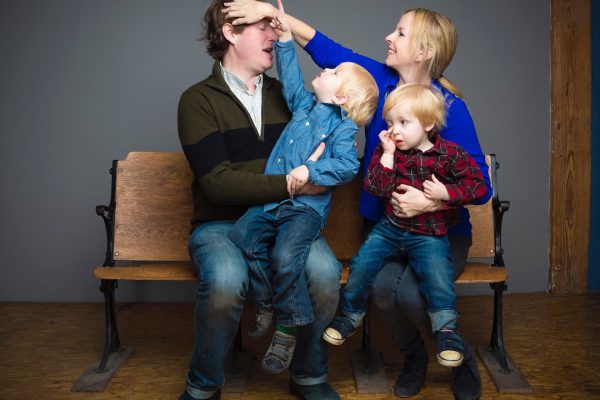Lately, I’ve been telling people that I am a choreographer of conversations. As I see it, choreography is the organization of bodies in time and space.
While I long to make the simplest of dances (my favourite definition of dance at the moment comes from Zab Maboungou: “Dance is learning to be with what you do not know about yourself and the other”), it seems to me that before we can get to that simplicity, there are many things to unpack about what we carry in our bodies and about our multiple understandings of time and space. This requires, amongst other things, conversation. And different conversations require different organizations of bodies in time and space.
In the last few years, I have initiated and facilitated conversations such as “The Talking, Thinking, Dancing Body,” and “Teaching Wildness,” as well as conversations embedded in works such as Dance Machine and The Things I Carry.
These choreographies have sprung out of my need to consider dance and performance without ignoring the world it happens in. If we believe that dance is capable of taking on complex matters, then we must learn to speak about dance in relation to complex matters. We must learn to speak about our bodies in relation to complex matters and we must learn to speak the truth of our bodies. As a teacher of somatic approaches to voice and movement, I spend a lot of time bringing people’s attention to the sensation of gravity and to their breath: to be in the question of how our bodies are affected by the things that most people take for granted.
But our bodies are also affected by other invisible things. They are affected by our relationship to power and hegemony, to patriarchy, to white supremacy. Our bodies have multiple relationships to colonialism – both here on Turtle Island and in the places where some of us come from. We each carry complex histories which may contain trauma, loss, rage, grief, alongside more pleasant sensations like joy and love.
As an artist who works with my body as my instrument, I feel a responsibility to understand the full range of my instrument. As a teacher and choreographer, I feel the responsibility to create a space where it is possible for the whole instrument to be present. This must include all the things that give us pleasure as well as the things that make us uncomfortable – our yes’s and our no’s. And we must learn to negotiate for the intimacy that we want, not endure an intimacy that is imposed upon us.
This seems important not just for life but also for art.
Because the second half of Zab’s statement is this: “Dance is intimacy.”
And if that is the case, I want a dance that I’ve negotiated for, not a dance that has been imposed upon me.
This piece, “Choreographing Conversations” by Lee Su-Feh, is an adaptation of “Teaching Wildness,” originally published on SpiderWebShow (spiderwebshow.ca/teaching-wildness), a knowledge commons by and for the theatre community, held on Jauary 23rd, 2018.
~
This article was originally published in the May/June 2018 twentieth anniversary issue as part of the anniversary feature “Provocations”
A little goes a long way. Donate to The Dance Current today to support bold and inclusive coverage of dance in Canada.
Tagged: Contemporary, Provocations, All , Canada





